Tesla Fog Light Replacement: Cost, DIY Tips & Part Breakdown
This guide offers a comprehensive breakdown of replacing Tesla fog lights, emphasizing both practica…….
In the rapidly evolving automotive landscape, the concept of Tesla fog light replacement has emerged as a pivotal aspect of modern vehicle technology. This comprehensive guide aims to delve into the intricacies of replacing fog lights specific to Tesla vehicles, exploring its significance, global impact, and the technological advancements driving this essential maintenance practice. By the end, readers will gain a thorough understanding of why this process is not just about swapping out a bulb but is a complex interplay of safety, innovation, and regulatory compliance.
Definition: Tesla fog light replacement refers to the process of installing or upgrading the lighting systems designed to enhance visibility during low-visibility conditions, such as heavy fog or rain. These lights are a critical safety feature in Tesla vehicles, ensuring drivers can navigate roads safely and comfortably.
Core Components: The primary components involved in Tesla fog light replacement include:
Fog Lights: Typically located at the front of the vehicle, these lights are designed to cut through fog and mist, providing crucial illumination for the driver. Teslas often come equipped with LED or HID (High-Intensity Discharge) fog lamps, known for their brightness and energy efficiency.
Control Unit: This is the brain behind the fog lighting system, managing power distribution and controlling light intensity based on driving conditions. In Tesla vehicles, this unit is sophisticated, integrating advanced driver-assistance systems (ADAS).
Sensor Technology: Modern Teslas utilize various sensors, such as rain sensors and camera systems, to detect environmental conditions. These sensors trigger the fog lights when necessary, ensuring optimal visibility without causing glare to oncoming drivers.
Historical Context: The evolution of Tesla fog light technology mirrors the broader advancements in automotive lighting. Early vehicles relied on traditional halogen bulbs, offering limited range and brightness. Over time, manufacturers adopted xenon (HID) and LED technologies, significantly enhancing performance. Tesla, being at the forefront of electric vehicle (EV) innovation, has played a pivotal role in refining fog light systems, integrating them seamlessly with its advanced driver assistance features.
The global impact of Tesla fog light replacement is profound, driven by several key trends:
Electric Vehicle (EV) Growth: As the world shifts towards electrification, Tesla leads the charge, accounting for a significant portion of global EV sales. This growth directly translates to an increased demand for advanced lighting systems, including fog lights, in Tesla vehicles worldwide.
Regional Adoption: Different regions have varying approaches to automotive lighting regulations. For instance:
Global Supply Chain: The global supply chain for automotive lighting is intricate, with components manufactured in various countries. This network ensures that Tesla can source high-quality fog light replacements from around the world, catering to its international customer base.
The economic aspects of Tesla fog light replacement are multifaceted:
| Factor | Impact |
|---|---|
| Market Size: The global automotive lighting market is substantial, projected to reach USD 51.7 billion by 2027, growing at a CAGR of 7.8% from 2020 to 2027. This growth directly correlates with the increasing adoption of electric vehicles and advanced driver assistance systems (ADAS). | The market’s size indicates significant investment opportunities for manufacturers and suppliers of Tesla fog light replacement parts. |
| Price Dynamics: LED technology, a key component in modern fog lights, has seen a dramatic cost reduction over the years. This trend enables Tesla to offer competitive pricing for replacement parts while maintaining profit margins. | Competitive pricing attracts customers, fostering market growth. |
| Investment in R&D: Tesla’s relentless focus on innovation drives significant investment in research and development. This commitment translates into continuous improvements in fog light technology, ensuring that replacement parts keep pace with the latest advancements. | Regular updates to fog light systems create a steady demand for new-generation components. |
Tesla’s approach to fog light replacement is characterized by its unwavering pursuit of technological excellence:
LED Innovation: Tesla has been at the forefront of LED lighting technology, utilizing high-power LEDs in its fog lamps. This technology offers unparalleled brightness and energy efficiency, making it a cornerstone of modern fog light systems.
Adaptive Lighting Systems: Advanced sensor fusion allows Tesla’s fog lights to adapt to changing conditions. For example, the vehicle can automatically dim or enhance the fog lights based on nearby traffic, ensuring optimal visibility without causing glare.
Camera Integration: Some Tesla models employ camera systems integrated with the fog light system. These cameras provide additional data for advanced driver assistance features, such as lane departure warning and adaptive cruise control.
Wireless Updates: Tesla’s over-the-air (OTA) software updates enable remote deployment of new lighting algorithms and firmware, ensuring that vehicles have access to the latest safety features without the need for physical visits to dealerships.
Regulatory bodies worldwide play a crucial role in dictating the standards for Tesla fog light replacement and overall automotive lighting:
Safety Standards: Organizations like the National Highway Traffic Safety Administration (NHTSA) in the US and the European New Car Assessment Program (Euro NCAP) set stringent safety criteria for vehicle lighting systems. These standards ensure that fog lights provide adequate visibility and do not cause glare, enhancing road safety.
Emission Regulations: While not directly related to fog lights, regulations targeting vehicle emissions indirectly influence their design. More efficient lighting systems contribute to overall vehicle energy efficiency, aligning with environmental regulations.
Regional Variations: As mentioned earlier, regional differences in automotive lighting regulations present both challenges and opportunities for Tesla. Adapting replacement parts to meet these standards ensures compliance and market accessibility.
Despite its numerous advantages, Tesla fog light replacement faces several challenges and criticisms:
Cost: High-quality replacement parts, especially those designed to match Tesla’s advanced technology, can be expensive. This cost is a barrier for some customers, particularly in regions with varying economic conditions.
Availability: The specialized nature of Tesla vehicles means that genuine replacement parts may not always be readily available, leading to potential delays in repairs. Aftermarket manufacturers play a crucial role in addressing this issue by offering compatible parts.
Warranty Concerns: Tesla’s strict warranty policies can raise questions about the availability of support for third-party replacement parts. While the company has been known to honor genuine accessories and components, clarification on warranties is essential for owners.
Proposed Solutions: To overcome these challenges:
Norway, with its robust infrastructure for electric vehicles and supportive government policies, serves as a prime example of successful Tesla fog light replacement integration:
California’s proactive approach to environmental sustainability has led to interesting developments in Tesla fog light technology:
The future of Tesla fog light replacement is filled with promising possibilities, shaped by emerging trends and technological breakthroughs:
Smart Lighting Systems: The integration of advanced driver assistance systems (ADAS) will lead to smarter lighting solutions. For instance, fog lights could dynamically adjust based on vehicle speed, road conditions, and weather data.
Autonomous Vehicles: As Tesla continues its march towards full autonomous driving, the role of lighting systems will evolve. Fog lights may become more adaptive, playing a crucial part in enhancing the overall sensing capabilities of self-driving vehicles.
Wireless Connectivity: The trend of wireless updates and OTA software deployment will continue to shape the landscape. This technology enables faster adoption of new lighting features and ensures that Tesla owners have access to the latest safety enhancements.
Global Standardization: With varying regional regulations, there is a growing push for global standardization of automotive lighting standards. This development could simplify the process of replacing Tesla fog lights across borders, making it more accessible and cost-effective.
Tesla fog light replacement is not merely a routine maintenance task but a testament to the harmonious blend of technology, safety, and sustainability. As electric vehicles continue to transform the automotive industry, the evolution of their lighting systems, including fog lights, will remain a critical aspect of driver experience and road safety. Through technological advancements, global collaboration, and innovative solutions, Tesla is leading the charge in shaping the future of automotive lighting.
Q: Are Tesla fog lights easier to install than traditional bulbs?
A: Yes, Tesla’s integrated fog light systems are designed for simplicity and efficiency. They often include advanced control units and sensors, making installation more straightforward compared to traditional bulb replacements.
Q: Can I use aftermarket fog lights in my Tesla?
A: Aftermarket parts can be a viable option, but compatibility is crucial. Ensure the replacement parts are specifically designed for your Tesla model and meet all safety standards. Tesla’s official accessories are always a reliable choice.
Q: How often should I replace my Tesla fog lights?
A: The lifespan of fog lights depends on various factors, including driving conditions and frequency of use. Regularly inspect them for signs of damage or diminished brightness. Most manufacturers recommend replacement every 2-3 years, but this can vary based on usage.
Q: Do I need to adjust my Tesla’s settings for optimal fog light performance?
A: Yes, Tesla vehicles offer customizable lighting settings. Adjusting the sensitivity and range of fog lights based on driving conditions and personal preferences is recommended for optimal visibility.
Q: Can fog lights improve road safety beyond visibility?
A: Absolutely! Advanced fog light systems can enhance overall vehicle stability and awareness, especially in challenging weather conditions. They contribute to improved safety by providing better feedback to the driver, enabling them to make informed decisions on the road.
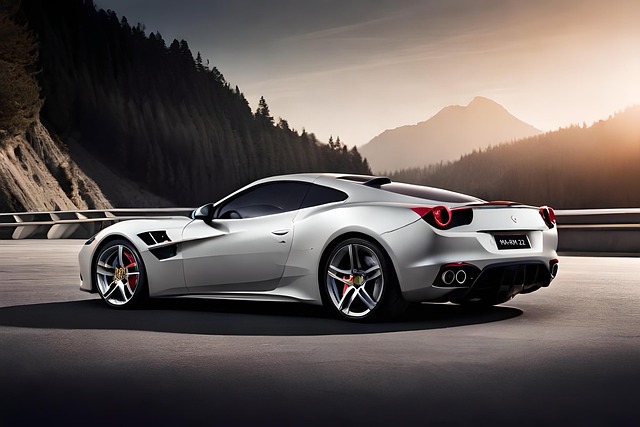
This guide offers a comprehensive breakdown of replacing Tesla fog lights, emphasizing both practica…….
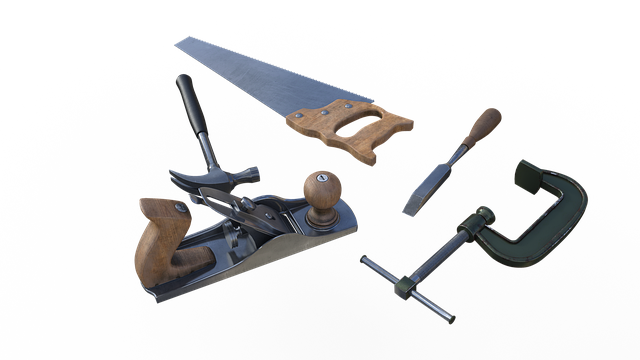
Tesla fog lights are essential for safety but prone to damage. Regular inspections and timely replac…….

Replacing Tesla fog lights involves prioritizing safety and functionality through model-specific com…….

Tesla fog light replacement is crucial for enhanced vehicle safety and visibility in low-visibility…….
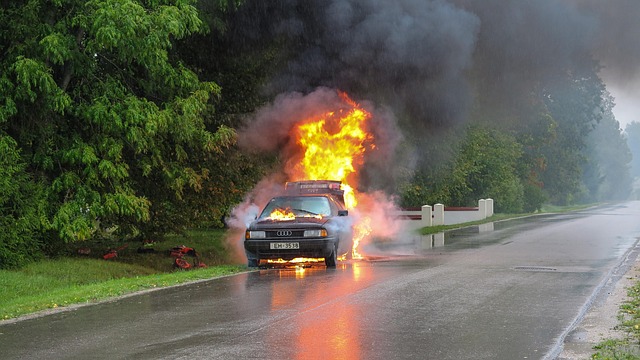
Tesla fog lights can suffer from debris buildup, corrosion, and water intrusion, reducing visibility…….

This guide offers a step-by-step process for replacing Tesla fog lights, emphasizing safety and perf…….
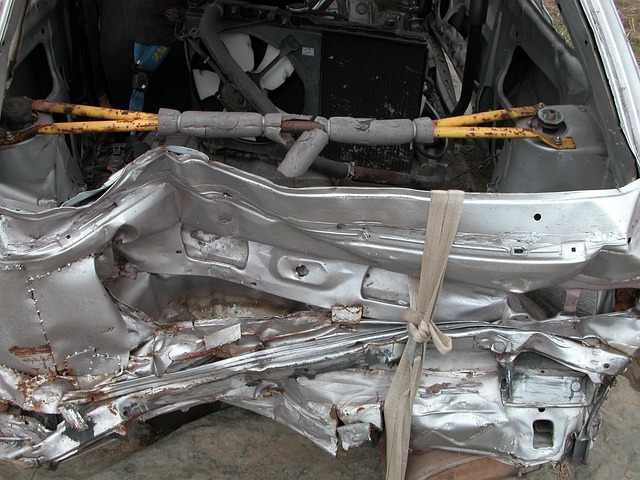
Before replacing a Tesla fog light, prepare meticulously with tools, components, and safety gear, in…….
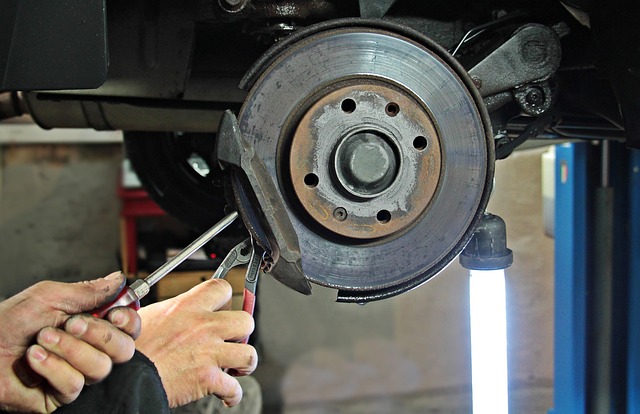
TL;DR:Tesla fog light replacement after front-end damage is crucial for both safety and aesthetics……..